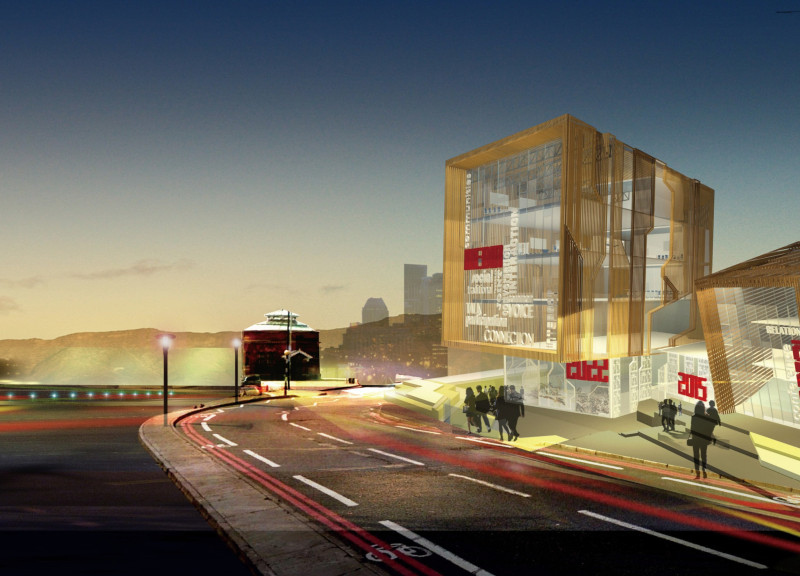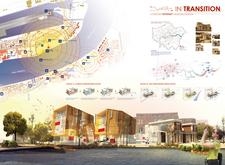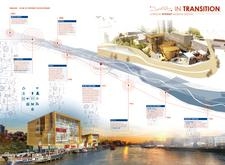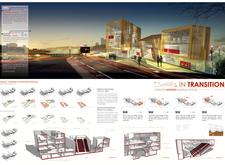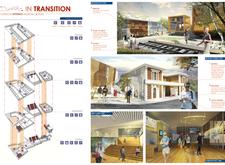5 key facts about this project
At its core, the museum represents a bridge between history and modernity, encapsulating the transformation driven by digital advancements. The design approaches are specific and intentional; they are crafted to foster a deep understanding of the internet's journey and its implications for society. The layout encompasses a variety of public spaces, from exhibition areas filled with hands-on, interactive displays to communal zones that encourage gatherings and informal events. This thoughtful arrangement is a critical aspect of the project, as it reinforces the museum's role in facilitating discussion and learning.
The architectural design highlights an interesting juxtaposition of materials. The use of natural wood cladding gives warmth to the facade while providing a tactile experience for visitors. Large glass panels are employed throughout the design to dissolve the boundary between indoors and outdoors, effectively inviting the surrounding environment into the museum's heart. This not only enhances the spatial dynamics but also allows an abundance of natural light to illuminate the interior, creating an inviting atmosphere.
Another significant feature is the respectful integration of the original brick from the historic railway station, which forms a visual and cultural connection to the site’s heritage. By combining these older materials with contemporary elements like steel and concrete for structural support, the design acknowledges the site's narrative while pushing forward into modern architecture.
Unique design approaches are evident throughout the project. The museum's exhibitions are not only linear displays of internet history but rather immersive experiences that engage visitors through technology. Interactive components invite individuals to participate actively, transforming passive observation into hands-on learning. This approach ensures that the museum remains relevant in a rapidly changing digital landscape, prioritizing visitor engagement at all levels.
Additionally, flexible use spaces within the museum are designed to accommodate various functions, from educational workshops to community meetings. This adaptability reflects a deep understanding of the diverse needs of the local community while ensuring the museum can evolve alongside emerging technologies and shifting societal interests.
The urban landscaping surrounding the museum enhances its connection to the community. Thoughtfully designed green spaces offer visitors a place of respite and social interaction, further solidifying the museum's role as a local gathering place rather than a solitary institution. This embeddedness in community life enhances the museum's mission, transforming it into a vibrant cultural landmark.
In summary, the London Internet Museum project adeptly blends architectural design with societal function, showcasing the importance of both heritage and innovation. It serves as a crucial platform for education, interaction, and community engagement, promoting a stronger understanding of the digital world we inhabit. For those interested in exploring the intricacies of the project, including detailed architectural plans, sections, designs, and innovative ideas, a deeper dive into the project presentation is highly encouraged. Understanding the underlying architectural concepts can provide valuable insights into how this project will resonate with visitors and impact the community overall.


